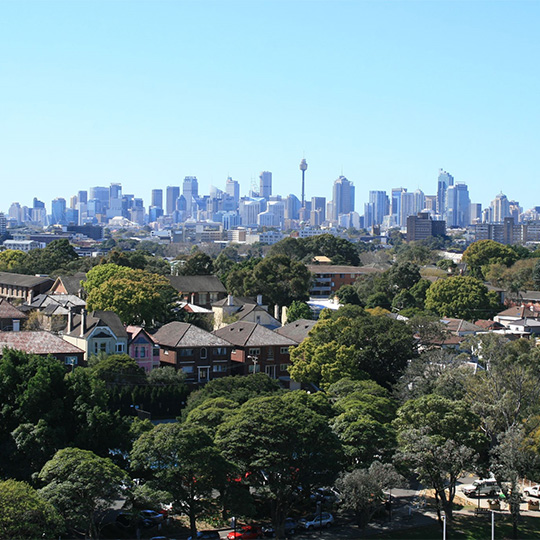One of the State’s most spectacular tourism destinations will be better protected under a new joint management plan.
The Ningaloo (Nyinggulu) coastal reserves stretch 215 kilometres alongside Ningaloo Marine Park in a World Heritage area. The reserves were created under the McGowan Government’s Plan for Our Parks initiative.
The plan will safeguard culture, protect wildlife, support tourism, and enhance economic development opportunities for Traditional Owners.
The Nganhurra Thanardi Garrbu Aboriginal Corporation and Department of Biodiversity, Conservation and Attractions will maintain affordable and self-sufficient camping and caravanning experiences, with a focus on the sense of remoteness.
The Ningaloo coastal reserves have a rich ceremonial and mythological significance, and are home to threatened black-flanked rock wallaby, turtle nesting areas, seabird and shorebird roosting and breeding areas, as well as priority flora.
As stated by Environment Minister Reece Whitby:
“The McGowan Government is proud to jointly manage the Ningaloo coastal reserves with the Nganhurra Thanardi Garrbu Aboriginal Corporation.
“This plan will guide joint management of the area for the next decade, helping safeguard Ningaloo’s globally recognised natural and cultural values.
“Together, we can build new tourism and economic opportunities for Traditional Owners and continue to provide visitors with a unique wilderness experience.”
As stated by NTGAC Chairperson Paul Baron:
“We have a responsibility for our Country. We look forward to the Traditional Owners working together with Government and being employed on Country, learning and teaching each other.
“Through joint management we are getting to reintroduce traditional names to Country, which is really special as well as develop Indigenous tourism opportunities.”








